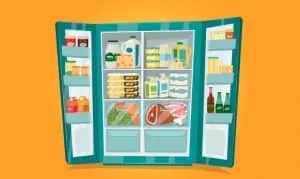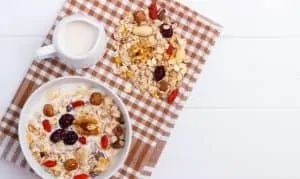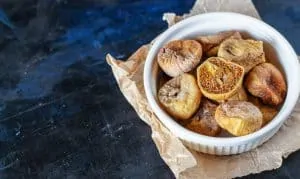In this article, I’m going to walk you through the steps for prepare, soak and cook chickpeas. Whether you’re interested in cooking them on the stovetop, in a slow cooker, or using a pressure cooker, I’ve got you covered.
I’ll also delve into some tips on how to store chickpeas properly, ensuring that you make the most out of this nutritious legume.
Let’s dive right in.
How To Prepare Chickpeas?
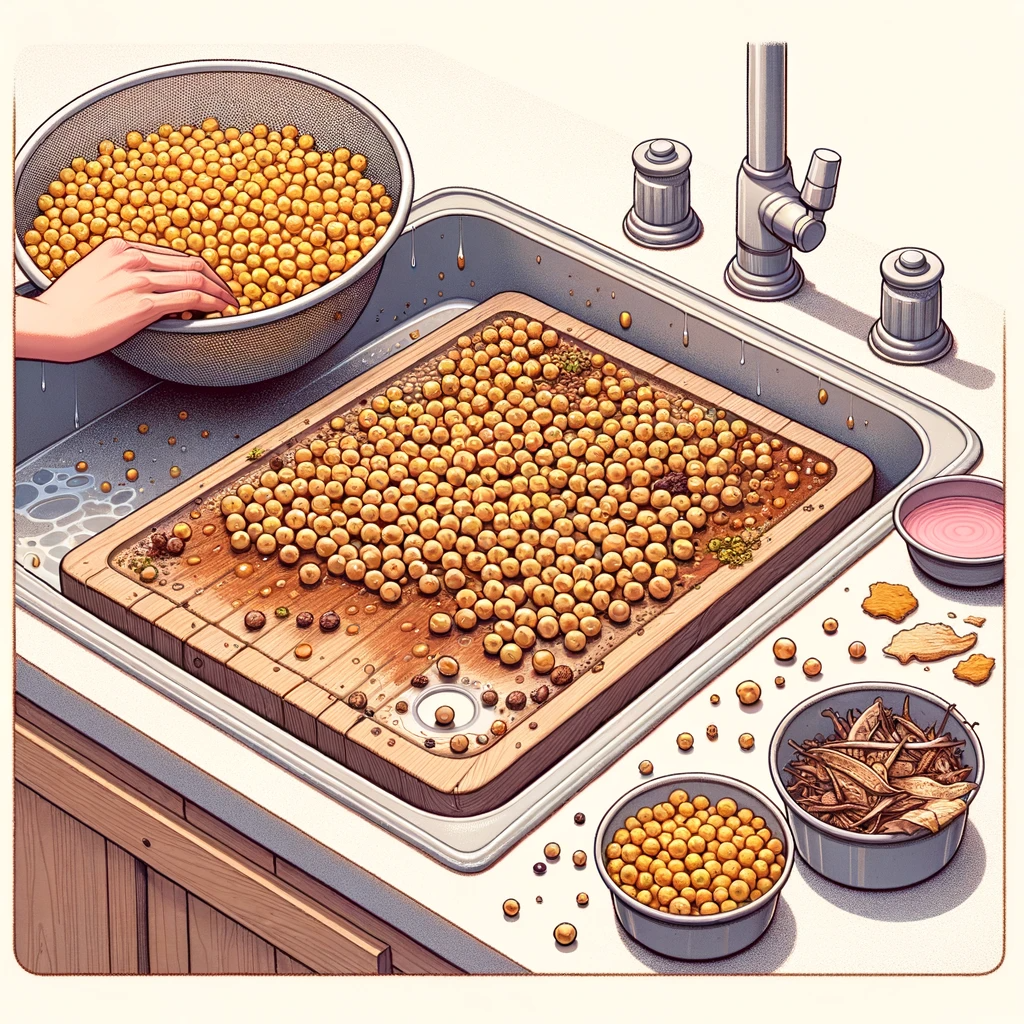
Whether you’ve decided to purchase chickpeas from the store or you’ve grown them in your own garden, the first crucial step is sorting out the good from the bad.
Chickpeas that are past their prime may have discolorations, spots, or even signs of mold. They may also emit an unusual, off-putting odor. These are all indicators that the chickpeas are not suitable for consumption and should be removed.
Moreover, just like with pinto beans, you may also encounter small rocks or pieces of debris in the package. Overlooking these can lead to an unfortunate dining experience, so it’s best to sort these out right from the beginning.
To effectively sort your chickpeas, it’s a good idea to have a strong light source and a container nearby. Take a handful of chickpeas and spread them out on a flat surface.
Pick out any damaged or discolored chickpeas, along with any rocks or foreign objects you may find.
Once you’ve sorted the chickpeas, place them in a colander and give them a good rinse under cold running water to remove any lingering dirt or dust.
After the sorting and rinsing process, you’re all set to start soaking your chickpeas, which we’ll cover in the next section.
How To Soak Chickpeas?
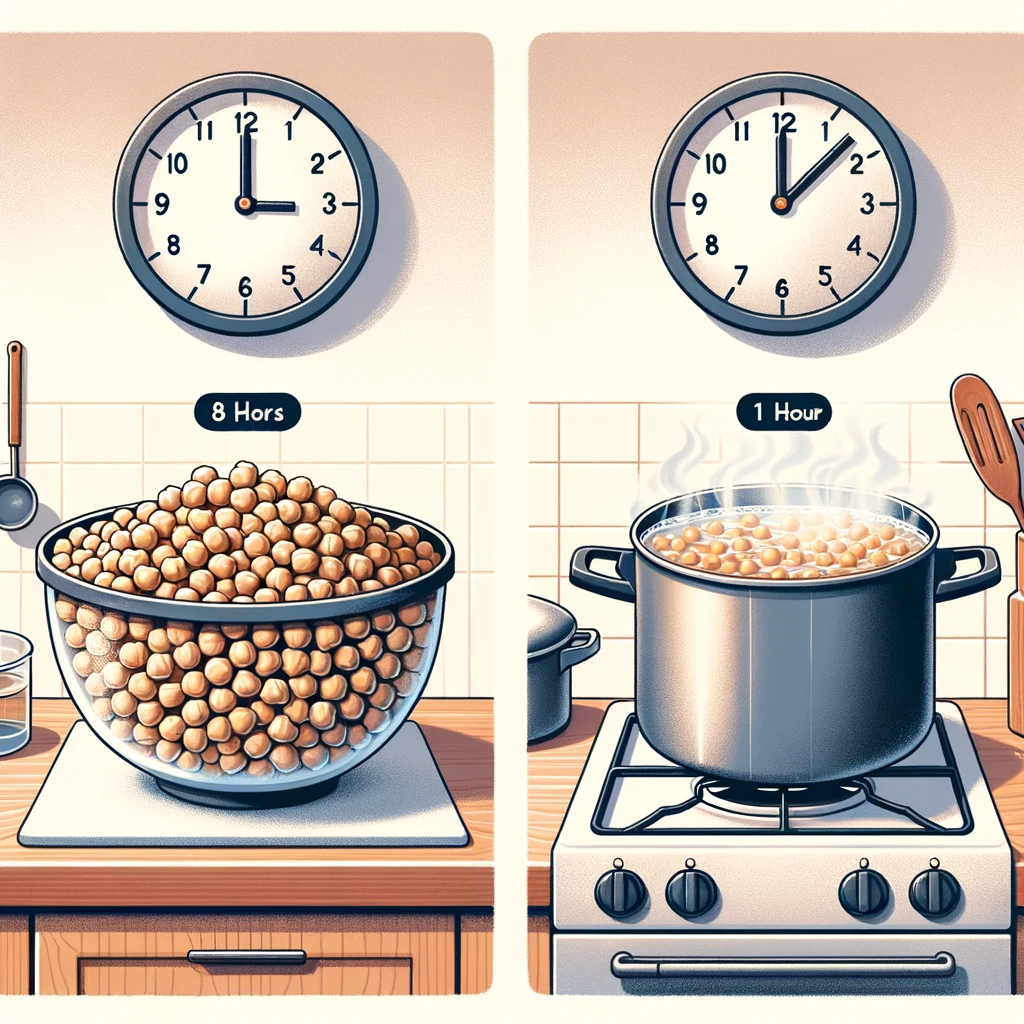
Soaking chickpeas is not strictly necessary, but it comes with its own set of benefits. Soaking can lead to a smoother texture and shorter cooking time, which is why many people prefer to do it.
When it comes to soaking chickpeas, you have two primary methods: the long soak and the quick soak.
Long Soak Method
For the long soak method, place your sorted and rinsed chickpeas in a large bowl. Cover them with plenty of water and a pinch of salt, and then let them soak anywhere from 8 to 24 hours.
This method is particularly beneficial if you have the time and prefer to let the legumes slowly absorb the water.
Quick Soak Method
If you’re short on time, the quick soak method is your friend. Place the chickpeas in a large pot and cover them with water.
Bring the water to a rapid boil for about two minutes, then remove the pot from the heat. Cover and let the chickpeas soak for at least an hour.
Both methods are effective, but keep in mind that soaking for more than 24 hours could lead to sprouting or fermentation.
So, it’s best to stay within the 8 to 24-hour range for the long soak method, or just go with the one-hour quick soak if you’re pressed for time.
How To Cook Chickpeas In A Slow Cooker?
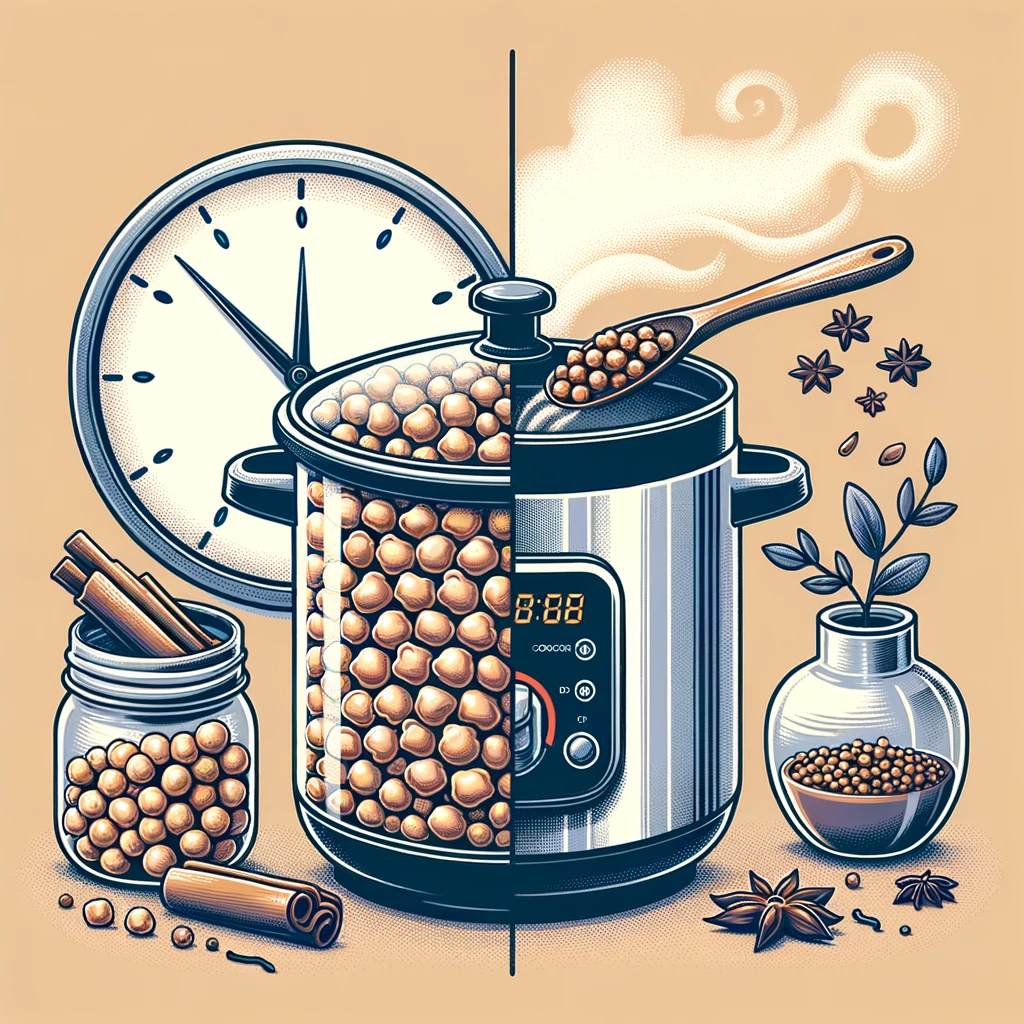
If you enjoy the set-it-and-forget-it convenience, cooking chickpeas in a slow cooker is a perfect choice. This method requires patience, as it takes between 4 to 6 hours, but the results are well worth the wait.
After you’ve either soaked your chickpeas or decided to use them unsoaked, place them in the slow cooker. Now’s the time to add your favorite spices and seasonings to elevate the flavor.
Garlic, onions, bay leaves, cumin, and even a dash of olive oil are popular choices that complement chickpeas well.
For the liquid, the general rule is to add about 4 cups of water for every cup of chickpeas. So, if you’re cooking 1 pound of chickpeas, which is roughly equal to 2 cups, you’ll need 8 cups of water.
You can cook the chickpeas on the low setting for about 6 hours or on the high setting for 4 hours. If you chose not to soak your chickpeas, plan for an extra hour of cooking time to ensure they become fully tender.
How To Cook Chickpeas In A Pressure Cooker?
For those looking to save time without compromising on flavor, a pressure cooker is an excellent alternative to the slow cooker. It’s also a straightforward process that can get your chickpeas cooked and ready in a fraction of the time.
Start by sorting and soaking your chickpeas as described in the earlier sections. Once that’s done, place them in the pressure cooker along with your choice of seasonings—consider adding salt, garlic, or other spices that you enjoy.
The water ratio remains the same in this method as well: 4 cups of water for every cup of chickpeas. Close the lid securely and make sure the steam release valve is in the “sealed” position before you start cooking.
Cooking Times
If you’ve soaked your chickpeas, they will need around 15 to 20 minutes under high pressure. Once the time is up, allow the pressure to release naturally for about 15 minutes.
If you’re using unsoaked chickpeas, you’ll need to increase the cooking time to about 30 to 40 minutes under high pressure, followed by a natural pressure release of around 15 minutes.
After the pressure has fully released, you can test the chickpeas for doneness and adjust the seasoning as necessary.
How To Store Cooked Chickpeas?
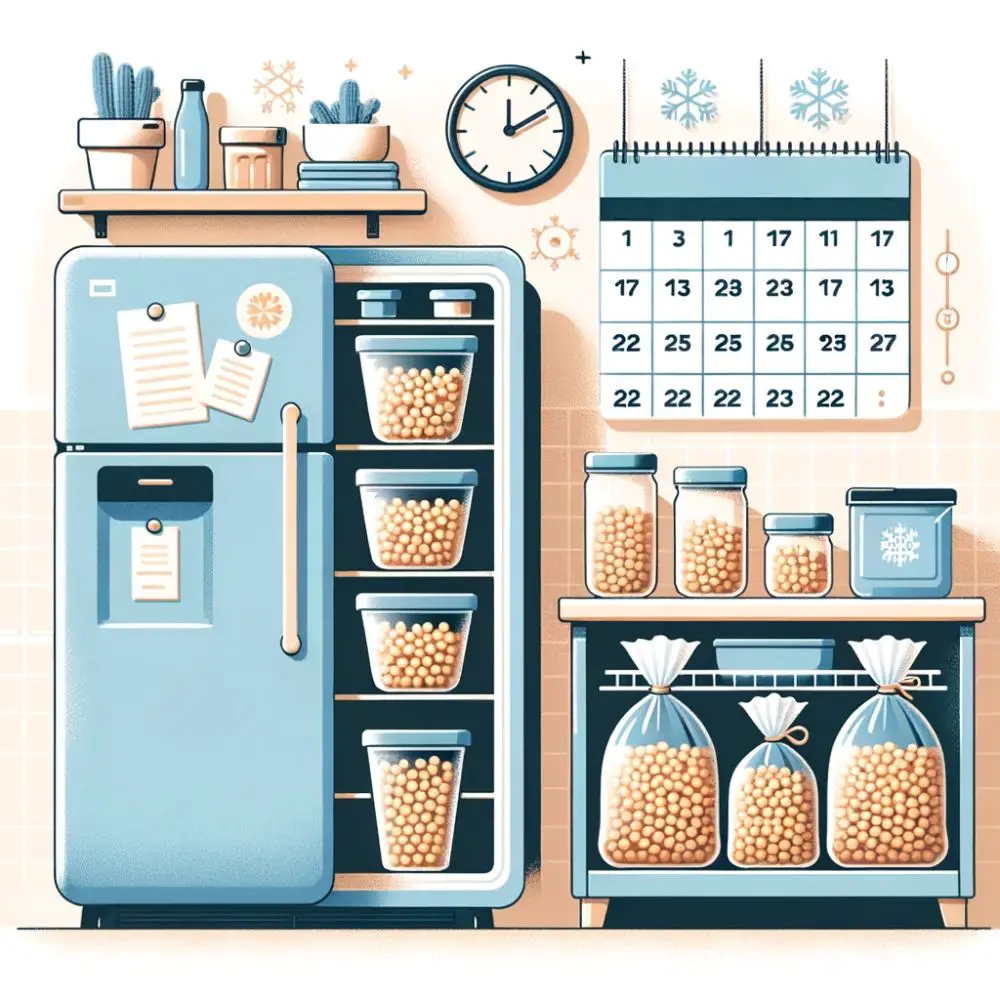
Storing cooked chickpeas properly is essential for extending their shelf life and maintaining their flavor and texture.
Chickpeas, like any other cooked legumes, are susceptible to bacterial growth if left at room temperature for too long. The general rule is that they should be refrigerated or frozen within two hours of cooking.
Refrigeration
For short-term storage, place the cooked chickpeas in an airtight container or resealable plastic bag and refrigerate them.
When stored properly, they can last for up to 3 to 5 days in the fridge. Before using, give them a quick smell test to ensure they’re still good to consume.
Freezing
If you’ve cooked a large batch and want to save some for later, freezing is a viable option. Portion the chickpeas into airtight containers or heavy-duty freezer bags.
Make sure to remove as much air as possible to prevent freezer burn. Frozen chickpeas can last up to 6 months. When you’re ready to use them, simply thaw in the fridge overnight.
In Summary
There you have it—a comprehensive guide on preparing, soaking, cooking, and storing chickpeas. Whether you prefer cooking them slowly in a slow cooker or quickly in a pressure cooker, you now have all the information you need to enjoy this nutritious and versatile legume.
